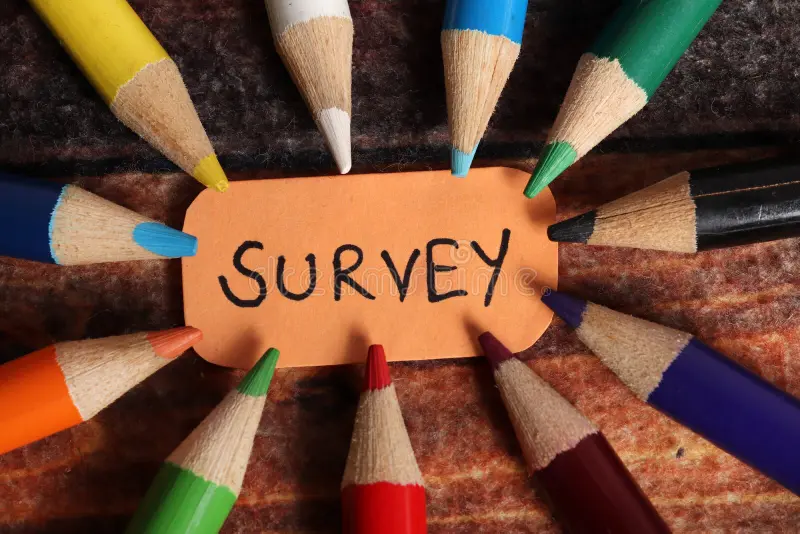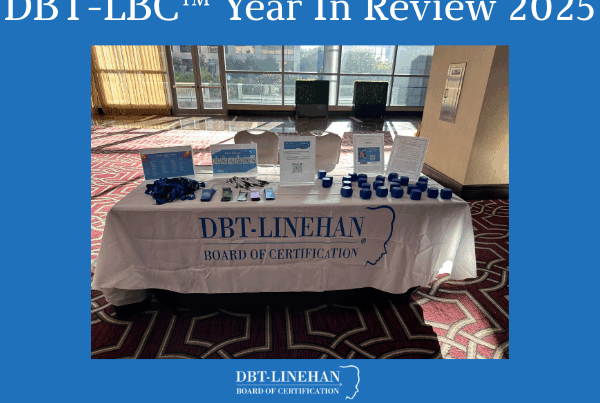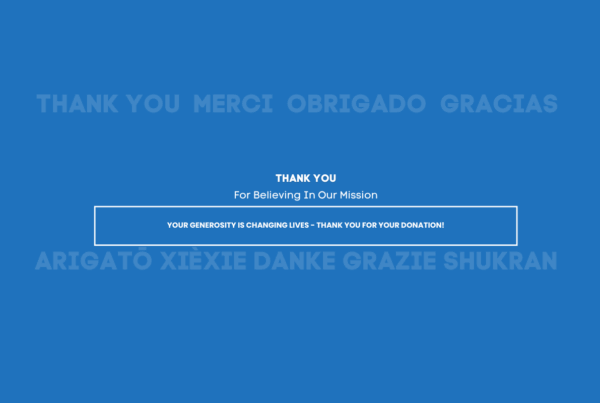The DBT-Linehan Board of Certification™ (DBT-LBC™), Diversity and Inclusion Committee recently solicited feedback from our community via a survey to evaluate our members’ experiences. We were specifically interested in the experiences respective to diversity and inclusion within our organization and throughout the certification process.
While we acknowledge that there are barriers outside of the scope of a ‘Certifying Body’ such as DBT-LBC™, we also value the importance of being aware and attuned to the experiences of others so that we can make the changes that are within our scope. The intention of this survey was to better understand the experiences of those who have gone through the certification process, considered the process, or have decided not to engage with the process. We are pleased to share the results from this survey and highlight our strengths as well as the areas where we need to do better, try harder, and be more motivated for change.
We recognize that this survey captures a very small percentage of the community, thus is not representative of all experiences. The DBT-LBC™ would like to continue striving toward more diverse gender and racial representation in both our community as well as in survey respondents.
Among the 43 volunteer respondents, 34 were Female, 7 Male, 1 Non-binary/ Non-Conforming, and 1 Preferred not to say. Participant racial identification included 36 White, 2 Asian, 1 American Indian or Alaska Native, 3 Other, and 1 Preferred not to say. 26% answered that they identified as “Hispanic”.
The survey included 10 questions on ‘Diversity and Inclusion’, and the rater response options ranged from a scale of 0 (Do not agree at all) to 5 (Strongly agree).
Our strongest ratings included: “DBT-LBC™ works to promote a tone of inclusivity and diversity within its volunteer organization” (3.84 average rating) and “DBT-LBC™ has taken steps to highlight awareness of BIPOC representation within the DBT-LBC™ Certified therapist community” (3.83). Close behind were ratings that included: “DBT-LBC™ has taken steps towards addressing recruitment and representation of BIPOC applicants for DBT-LBC™ certification” (3.74) and “DBT-LBC™ works to promote a tone of inclusivity and diversity for potential Clinician Certification applicants” (3.53).
Our lowest rating fell at a 2.81 for: “DBT-LBC™ works to address legislative and insurance coverage barriers for clients in need of comprehensive DBT treatment”. The next lowest ratings of 3.12 included “DBT-LBC™ has taken steps to highlight awareness of other areas of marginalization (e.g. disability, neurodivergence, immigration, etc.) within the DBT-LBC™ Certified therapist community” and “DBT-LBC™ works to promote a tone of inclusivity and diversity on its social media and publication platforms”.
Across all the responses from the survey, the average response ratings were 3.14 out of 5. These results demonstrate that while we’re making some progress in addressing ‘Diversity and Inclusion’ within DBT-LBC™, there is still much work to be done. Future blog posts will address the next steps that we plan to take to address the disparities for racial and ethnic minorities within DBT-LBC™ as well as other marginalized communities and identities.
DBT-LBC™ remains committed to making the needed changes both inside and outside of the organization to create equity, diversity and inclusion.
A big Thank You to our editors who make this Blog happen:
Co-Editor – Amy Kalasunas, LPCC-S, CCMHC
Co-Editor – Emily Vanderpool, LPC-MHSP, LBA, BCBA
Co-Editor – Tali Wigod, Psy.D.
Co-Editor – Casey Anderson, LCPC, RPT
Co-Editor – Liz LoTempio, Psy.D.





